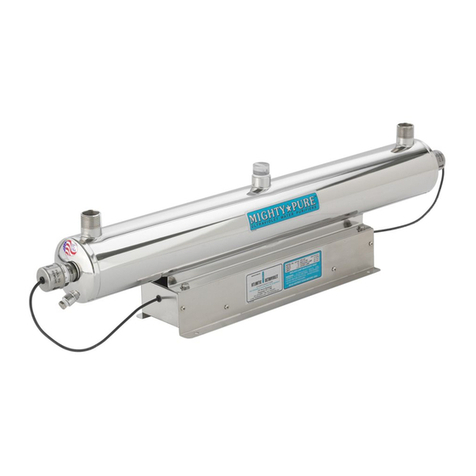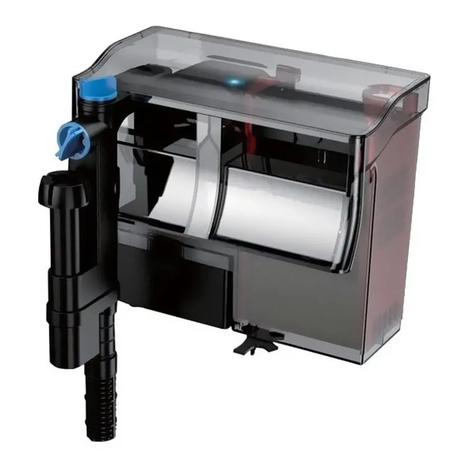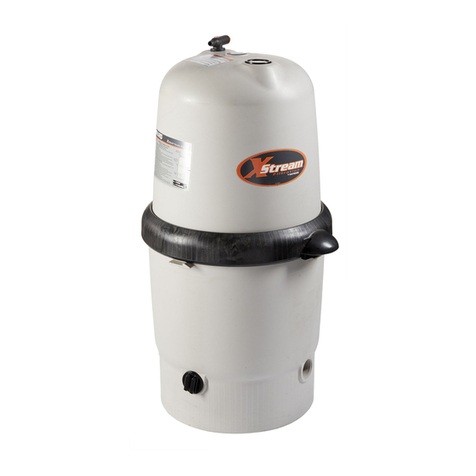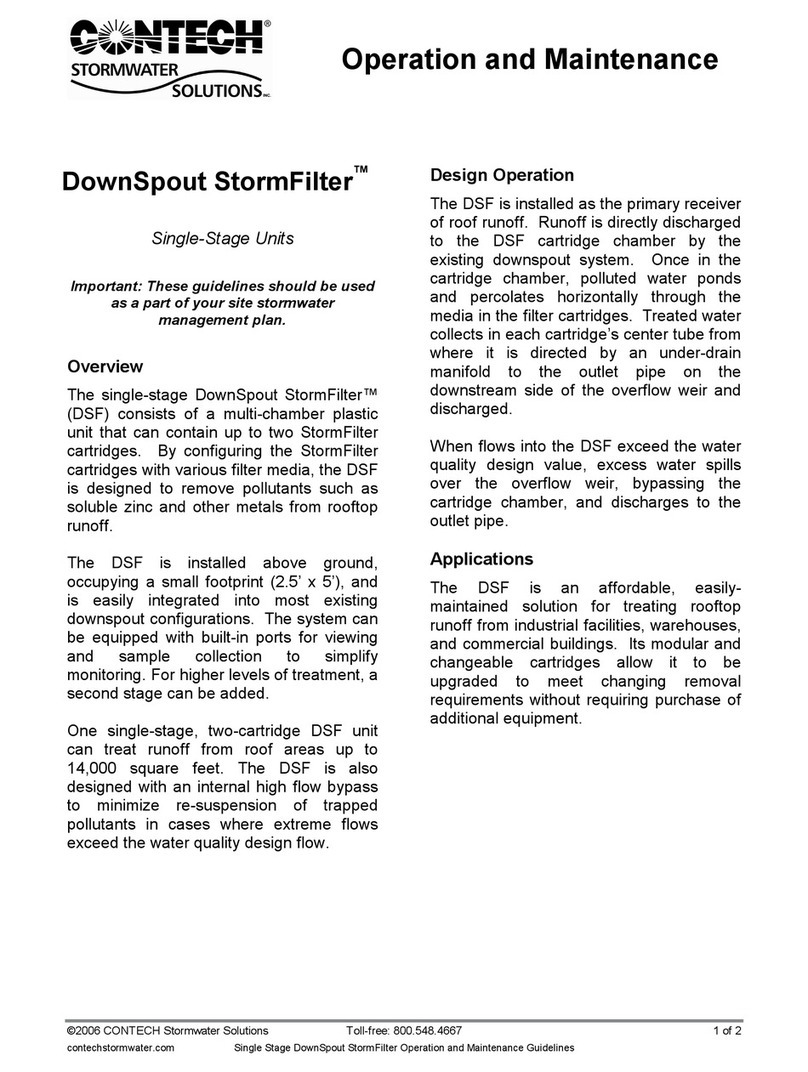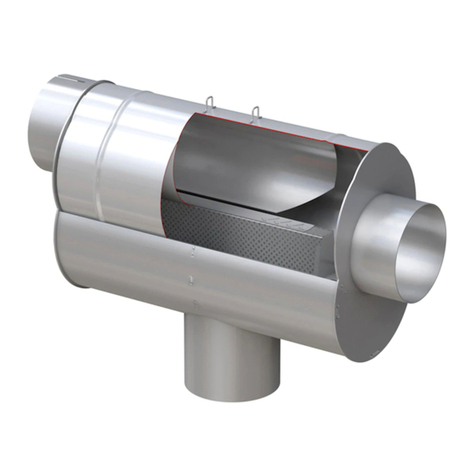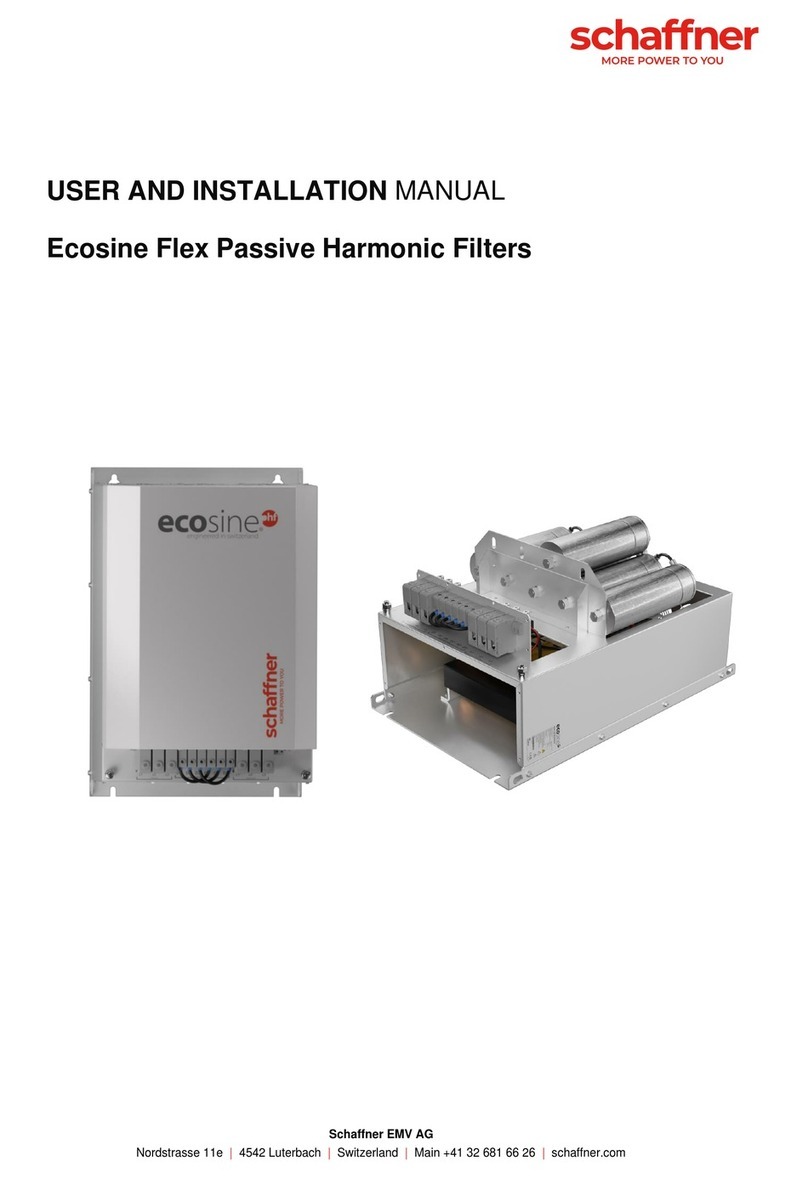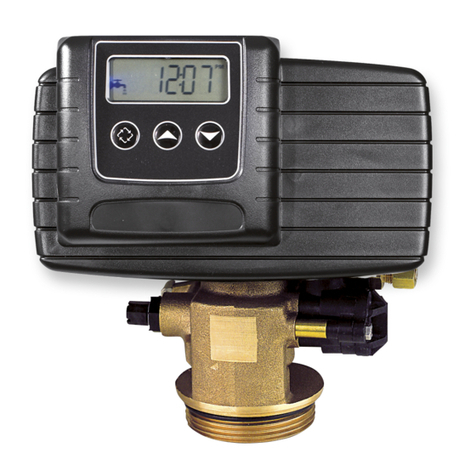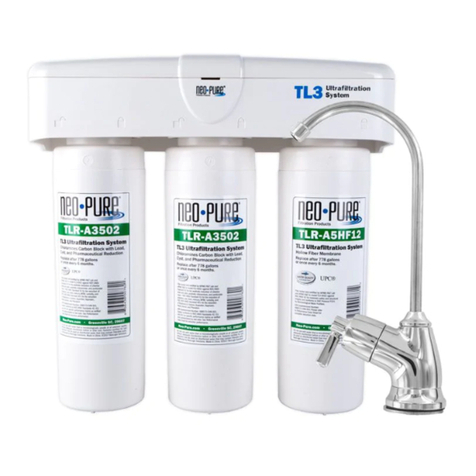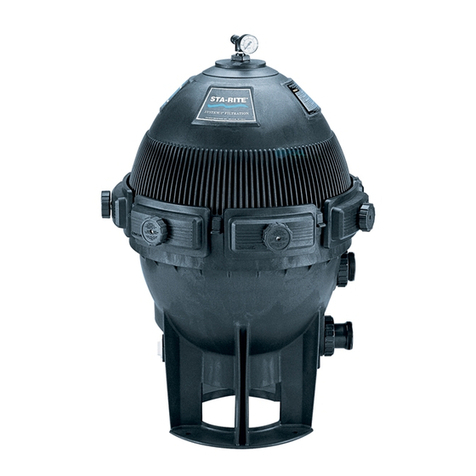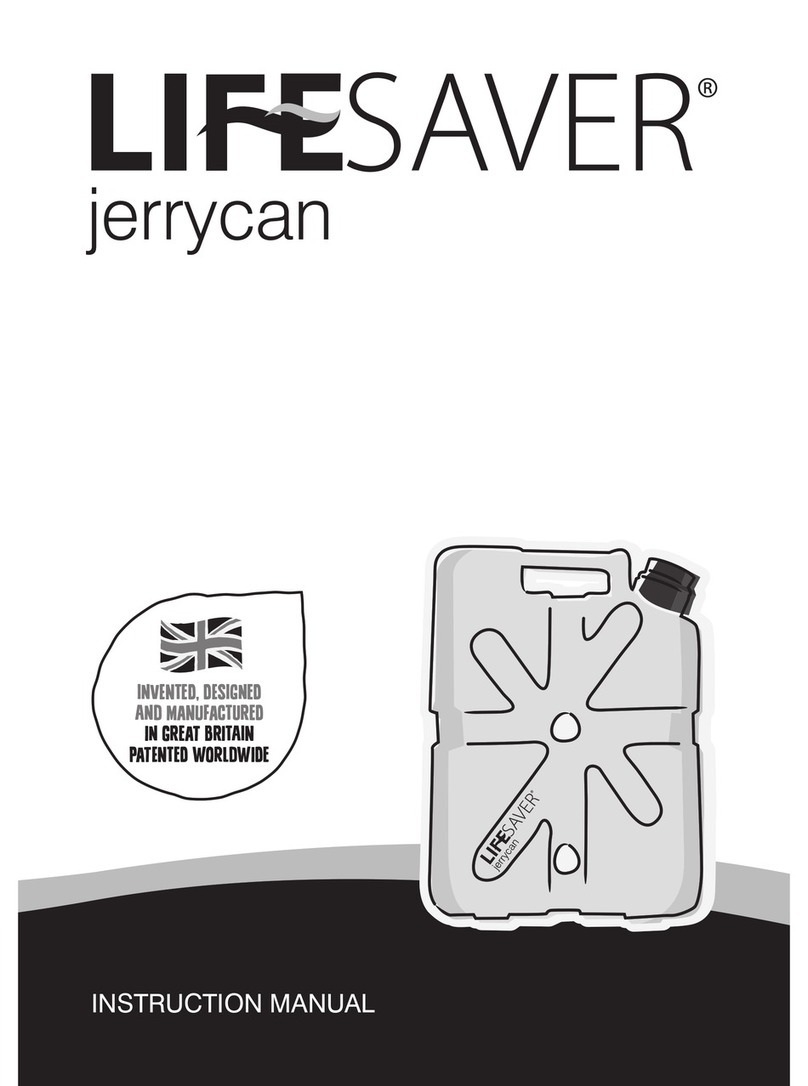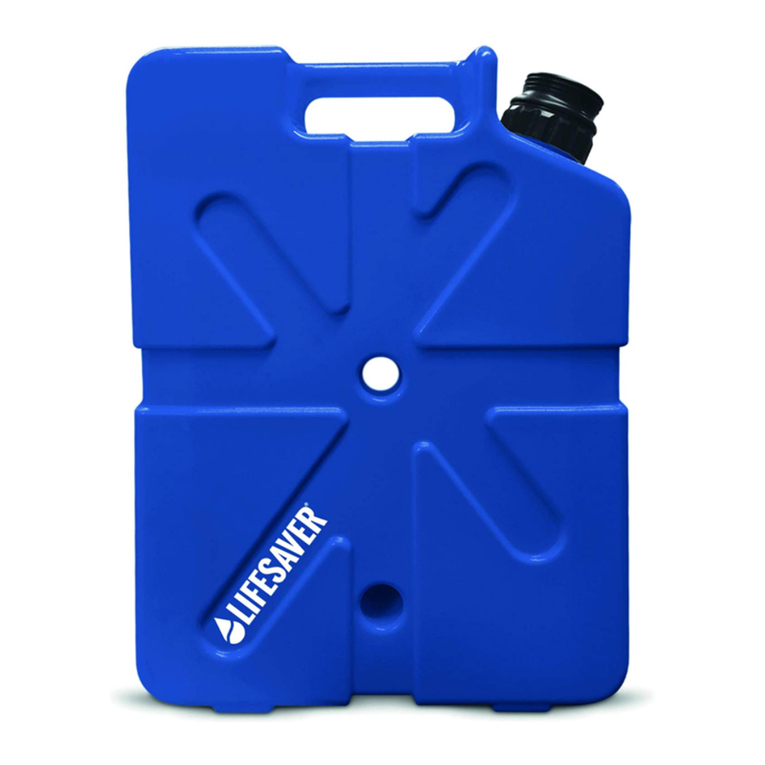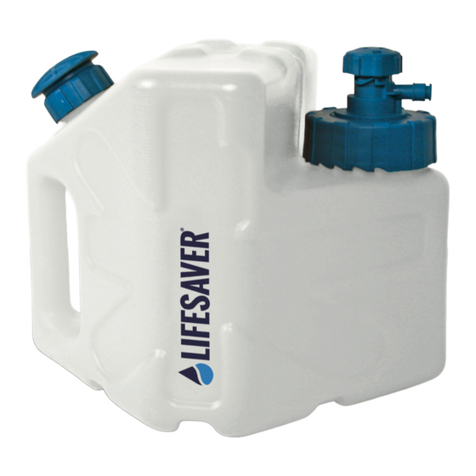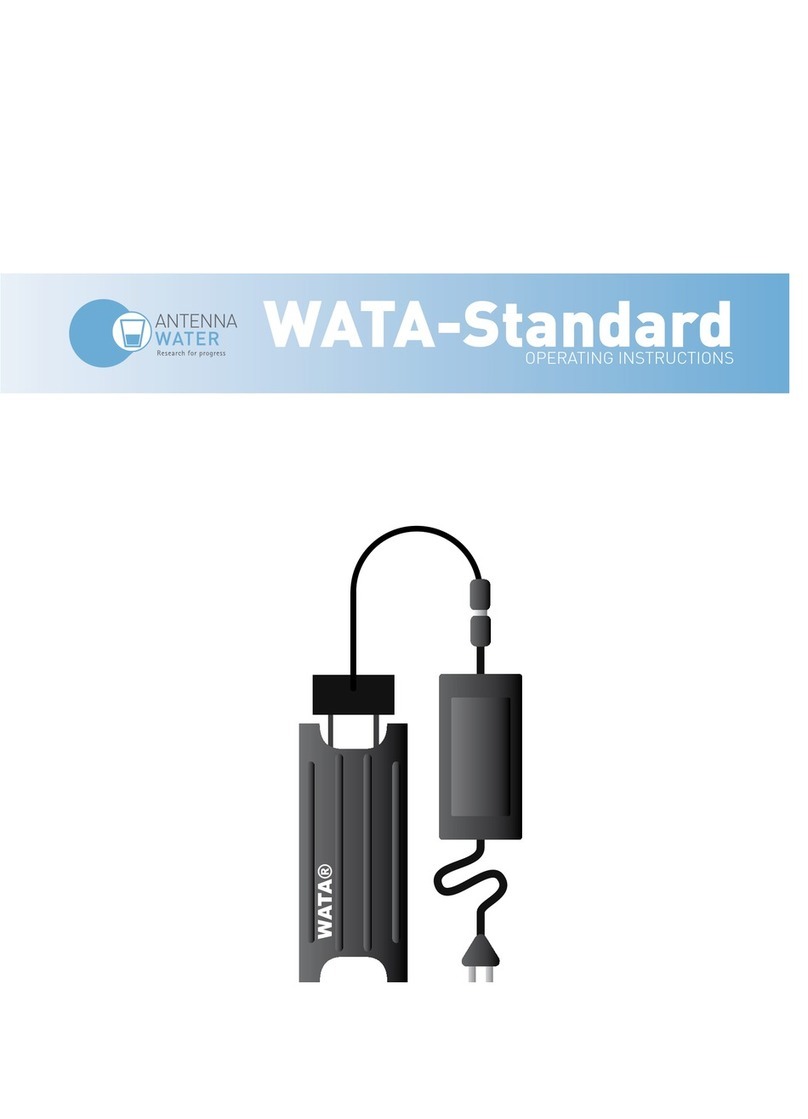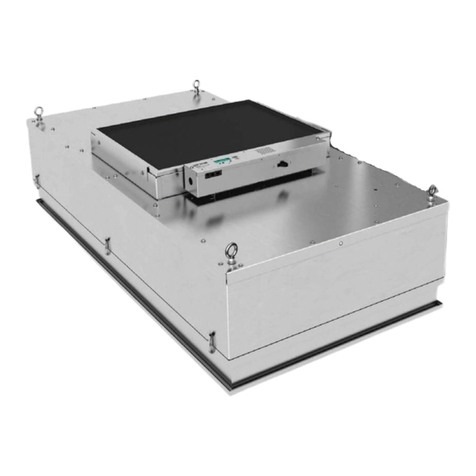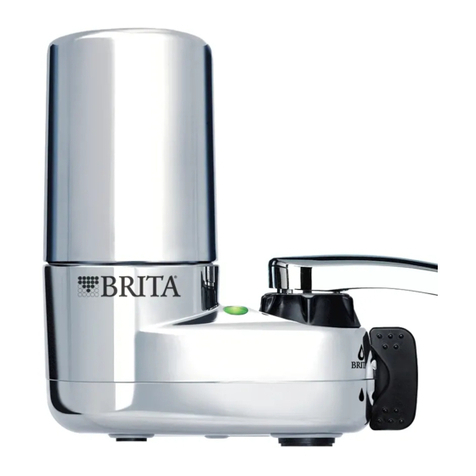FAILSAFE
The bottle incorporates FailSafe technology — an automatic indicator
of when the cartridge needs replacing or cleaning. When the service
life of the cartridge has been fulfilled, the pores in the membranes will
be blocked by contaminants. The filter stops passing water taking
away the guess work of knowing whether your filter is still effective in
filtering out contaminants. At this point you should replace or clean
your cartridge.
As the cartridge reaches the end of its life a greater number of pumps
are required to induce water flow. There will come a point at which
despite the recommended maximum number of pumps, water does
not flow. At this point you should replace the filter.
PERFORMANCE AND
TECHNICAL DATA
Minimum operating / storage temperature >0°C (32°F)
Maximum operating / storage temperature 50°C (122°F)
Initial flow rate** 1.2 L/min @ 1.0 Bar (g)
Cartridge service rating** 2000 liters (440 US gallons)
Dry weight of bottle inc. cartridge 425 grams (15 oz.)
Bottle storage capacity 400 ml (14 fl oz.)
Product materials and water effluent BPA and BPS free
MICROBIOLOGICAL
FILTRATION EFFICACY
Exceeds EPA Guidelines for microbiological purifiers:
Bacteria retention*** >99.9999% (Log 6)
Virus retention*** >99.999% (Log 5)
Cyst reduction*** >99.99% (Log 4)
LIFESAVER
COMPLIANCE
Testing is based on full NSF/ANSI P231 microbiological performance
requirements.
These units are tested with two different types of water to push the
filtration capability beyond the standard use, including Challenge Test
Water — type 3 (simulated sewage).
Optional activated carbon filter improves taste and smell by reducing
dissolved chlorine, taste and odor.
* After first use the product should be protected against freezing
** Flow rates and service rating are dependent on the composition
and turbidity of the feed water
***Tested by BCS laboratories issued 20/05/17 Full performance
requirements of NSF/ANSI P231 Protocol
DISCLAIMER
The information and data contained in this document are based on our
general experience and are believed to be correct. They are given in
good faith and are intended to provide a guideline for the selection and
use of our products. Since the conditions under which our product
may be used are beyond our control, this information does not imply
any guarantee of final product performance and we cannot accept
any liability with respect to the use of our products. The quality of our
products is guaranteed under our conditions of sale. Existing industrial
property rights must be observed.
All details given on and in this instruction manual are believed to be
correct at the time of going to press. We reserve the right to make
improvements and/or modifications to the equipment herein.
© 2017 Icon Lifesaver Ltd. All Rights Reserved. Patent registered
designs pending and granted. LifeSaver®is a registered trade mark.
